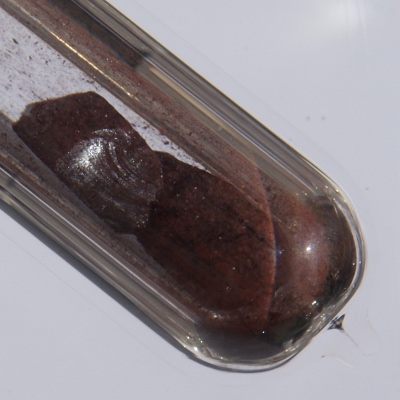Periodic Table Element Comparison: Compare Elements - Oxygen vs Phosphorus
Compare Oxygen and Phosphorus on the basis of their properties, attributes and periodic table facts. Compare elements on more than 90 properties. All the elements of similar categories show a lot of similarities and differences in their chemical, atomic, physical properties and uses. These similarities and dissimilarities should be known while we study periodic table elements. You can study the detailed comparison between Oxygen vs Phosphorus with most reliable information about their properties, attributes, facts, uses etc. You can compare O vs P on more than 90 properties like electronegativity , oxidation state, atomic shells, orbital structure, Electronaffinity, physical states, electrical conductivity and many more. Oxygen and Phosphorus comparison table on more than 90 properties.
Oxygen and Phosphorus Comparison
Facts
| Name | Oxygen | Phosphorus |
|---|---|---|
| Atomic Number | 8 | 15 |
| Atomic Symbol | O | P |
| Atomic Weight | 15.9994 | 30.973761 |
| Phase at STP | Gas | Solid |
| Color | Colorless | Colorless |
| Metallic Classification | Other Nonmetal | Other Nonmetal |
| Group in Periodic Table | group 16 | group 15 |
| Group Name | oxygen family | nitrogen family |
| Period in Periodic Table | period 2 | period 3 |
| Block in Periodic Table | p -block | p -block |
| Electronic Configuration | [He] 2s2 2p4 | [Ne] 3s2 3p3 |
| Electronic Shell Structure (Electrons per shell) | 2, 6 | 2, 8, 5 |
| Melting Point | 54.8 K | 317.3 K |
| Boiling Point | 90.2 K | 553.6 K |
| CAS Number | CAS7782-44-7 | CAS7723-14-0 |
| Neighborhood Elements | Neighborhood Elements of Oxygen | Neighborhood Elements of Phosphorus |
History
| Parameter | Oxygen | Phosphorus |
|---|---|---|
| History | The element Oxygen was discovered by W. Scheele in year 1771 in Sweden and United Kingdom. Oxygen derived its name from the Greek word oxy-, both 'sharp' and 'acid', and -gen, meaning 'acid-forming'. | The element Phosphorus was discovered by H. Brand in year 1669 in Germany. Phosphorus derived its name from the Greek word phoosphoros, 'carrying light'. |
| Discovery | W. Scheele (1771) | H. Brand (1669) |
| Isolated | W. Scheele (1771) | H. Brand (1669) |
Presence: Abundance in Nature and Around Us
Parts per billion (ppb) by weight / by atoms (1ppb =10^-7 %)
| Property | Oxygen | Phosphorus |
|---|---|---|
| Abundance in Universe | 10000000 / 800000 | 7000 / 300 |
| Abundance in Sun | 9000000 / 700000 | 7000 / 300 |
| Abundance in Meteorites | 410000000 / 480000000 | 1100000 / 700000 |
| Abundance in Earth's Crust | 460000000 / 600000000 | 1000000 / 700000 |
| Abundance in Oceans | 857000000 / 331000000 | 70 / 14 |
| Abundance in Humans | 610000000 / 240000000 | 11000000 / 2200000 |
Crystal Structure and Atomic Structure
| Property | Oxygen | Phosphorus |
|---|---|---|
| Atomic Volume | 22.4134 cm3/mol | 16.991 cm3/mol |
| Atomic Radius | 48 pm | 98 pm |
| Covalent Radius | 73 pm | 106 pm |
| Van der Waals Radius | 152 pm | 180 pm |
Atomic Spectrum - Spectral Lines | ||
| Emission Spectrum |  | Not available |
| Absorption Spectrum |  |  |
| Lattice Constant | 540.3, 342.9, 508.6 pm | 1145, 550.3, 1126.1 pm |
| Lattice Angle | π/2, 2.313085, π/2 | 1.25384, 1.57725, 1.24896 |
| Space Group Name | C12/m1 | P-1 |
| Space Group Number | 12 | 2 |
| Crystal Structure | Base Centered Monoclinic 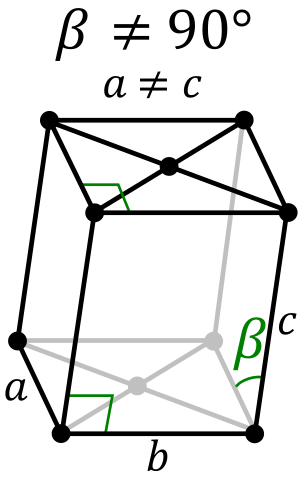 | Simple Triclinic 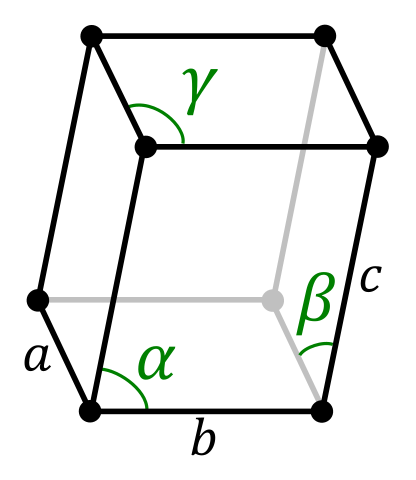 |
Atomic and Orbital Properties
| Property | Oxygen | Phosphorus |
|---|---|---|
| Atomic Number | 8 | 15 |
| Number of Electrons (with no charge) | 8 | 15 |
| Number of Protons | 8 | 15 |
| Mass Number | 15.9994 | 30.973761 |
| Number of Neutrons | 8 | 16 |
| Shell structure (Electrons per energy level) | 2, 6 | 2, 8, 5 |
| Electron Configuration | [He] 2s2 2p4 | [Ne] 3s2 3p3 |
| Valence Electrons | 2s2 2p4 | 3s2 3p3 |
| Oxidation State | -2 | -3, 3, 5 |
| Atomic Term Symbol (Quantum Numbers) | 3P2 | 4S3/2 |
| Shell structure | 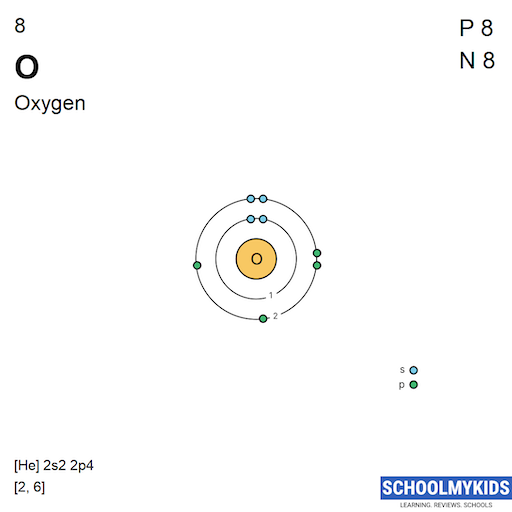 | 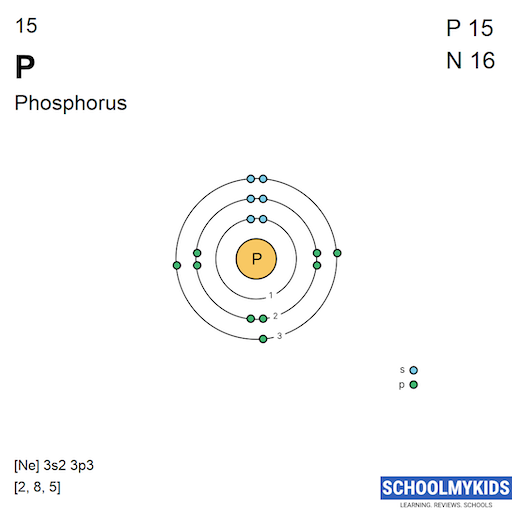 |
Isotopes and Nuclear Properties
Oxygen has 3 stable naturally occuring isotopes while Phosphorus has 1 stable naturally occuring isotopes.
| Parameter | Oxygen | Phosphorus |
|---|---|---|
| Known Isotopes | 12O, 13O, 14O, 15O, 16O, 17O, 18O, 19O, 20O, 21O, 22O, 23O, 24O, 25O, 26O, 27O, 28O | 24P, 25P, 26P, 27P, 28P, 29P, 30P, 31P, 32P, 33P, 34P, 35P, 36P, 37P, 38P, 39P, 40P, 41P, 42P, 43P, 44P, 45P, 46P |
| Stable Isotopes | Naturally occurring stable isotopes: 16O, 17O, 18O | Naturally occurring stable isotopes: 31P |
| Neutron Cross Section | 0.00028 | 0.18 |
| Neutron Mass Absorption | 0.000001 | 0.0002 |
Chemical Properties: Ionization Energies and electron affinity
| Property | Oxygen | Phosphorus |
|---|---|---|
| Valence or Valency | 2 | 5 |
| Electronegativity | 3.44 Pauling Scale | 2.19 Pauling Scale |
| Electron Affinity | 141 kJ/mol | 72 kJ/mol |
| Ionization Energies | 1st: 1313.9 kJ/mol 2nd: 3388.3 kJ/mol 3rd: 5300.5 kJ/mol 4th: 7469.2 kJ/mol 5th: 10989.5 kJ/mol 6th: 13326.5 kJ/mol 7th: 71330 kJ/mol 8th: 84078 kJ/mol | 1st: 1011.8 kJ/mol 2nd: 1907 kJ/mol 3rd: 2914.1 kJ/mol 4th: 4963.6 kJ/mol 5th: 6273.9 kJ/mol 6th: 21267 kJ/mol 7th: 25431 kJ/mol 8th: 29872 kJ/mol 9th: 35905 kJ/mol 10th: 40950 kJ/mol 11th: 46261 kJ/mol 12th: 54110 kJ/mol 13th: 59024 kJ/mol 14th: 271791 kJ/mol 15th: 296195 kJ/mol |
Physical Properties
| Property | Oxygen | Phosphorus |
|---|---|---|
| Density | 0.001429 g/cm3 | 1.823 g/cm3 |
| Molar Volume | 22.4134 cm3/mol | 16.991 cm3/mol |
Elastic Properties | ||
| Young Modulus | - | - |
| Shear Modulus | - | - |
| Bulk Modulus | - | 11 GPa |
| Poisson Ratio | - | - |
Hardness - Tests to Measure of Hardness of Element | ||
| Mohs Hardness | - | - |
| Vickers Hardness | - | - |
| Brinell Hardness | - | - |
Electrical Properties | ||
| Electrical Conductivity | - | 10000000 S/m |
| Resistivity | - | 1e-7 m Ω |
| Superconducting Point | - | - |
Heat and Conduction Properties | ||
| Thermal Conductivity | 0.02658 W/(m K) | 0.236 W/(m K) |
| Thermal Expansion | - | - |
Magnetic Properties | ||
| Magnetic Type | Paramagnetic | Diamagnetic |
| Curie Point | - | - |
| Mass Magnetic Susceptibility | 0.000001335 m3/kg | -1.13e-8 m3/kg |
| Molar Magnetic Susceptibility | 4.27184e-8 m3/mol | -3.5e-10 m3/mol |
| Volume Magnetic Susceptibility | 0.00000190772 | -0.0000206 |
Optical Properties | ||
| Refractive Index | 1.000271 | 1.001212 |
Acoustic Properties | ||
| Speed of Sound | 317.5 m/s | - |
Thermal Properties - Enthalpies and thermodynamics
| Property | Oxygen | Phosphorus |
|---|---|---|
| Melting Point | 54.8 K | 317.3 K |
| Boiling Point | 90.2 K | 553.6 K |
| Critical Temperature | 154.59 K | - |
| Superconducting Point | - | - |
Enthalpies | ||
| Heat of Fusion | 0.222 kJ/mol | 0.64 kJ/mol |
| Heat of Vaporization | 3.41 kJ/mol | 12.4 kJ/mol |
| Heat of Combustion | - | - |
Regulatory and Health - Health and Safety Parameters and Guidelines
| Parameter | Oxygen | Phosphorus |
|---|---|---|
| CAS Number | CAS7782-44-7 | CAS7723-14-0 |
| RTECS Number | RTECSRS2060000 | {N/A, RTECSTH3495000, RTECSTH3500000, N/A} |
| DOT Hazard Class | 2.2 | 4.1 |
| DOT Numbers | 1073 | {1338, 1381, 2447} |
| EU Number | - | - |
| NFPA Fire Rating | 0 | 4 |
| NFPA Health Rating | 3 | 4 |
| NFPA Reactivity Rating | 2 | 2 |
| NFPA Hazards | Oxidizing Agent | - |
| AutoIgnition Point | - | - |
| Flashpoint | - | - |
Compare With Other Elements
Compare Oxygen and Phosphorus with other elements of the periodic table.
Compare Oxygen with all Group 16 elementsCompare Oxygen with SulfurCompare Oxygen with SeleniumCompare Oxygen with TelluriumCompare Oxygen with PoloniumCompare Oxygen with Livermorium Compare Oxygen with all Period 2 elementsCompare Oxygen with LithiumCompare Oxygen with BerylliumCompare Oxygen with BoronCompare Oxygen with CarbonCompare Oxygen with NitrogenCompare Oxygen with FluorineCompare Oxygen with Neon Compare Oxygen with all Other Nonmetal elements | Compare Phosphorus with all Group 15 elementsPhosphorus vs Nitrogen ComparisonPhosphorus vs Arsenic ComparisonPhosphorus vs Antimony ComparisonPhosphorus vs Bismuth ComparisonPhosphorus vs Moscovium Comparison Compare Phosphorus with all Period 3 elementsPhosphorus vs Sodium ComparisonPhosphorus vs Magnesium ComparisonPhosphorus vs Aluminium ComparisonPhosphorus vs Silicon ComparisonPhosphorus vs Sulfur ComparisonPhosphorus vs Chlorine ComparisonPhosphorus vs Argon Comparison Compare Phosphorus with all Other Nonmetal elements |

